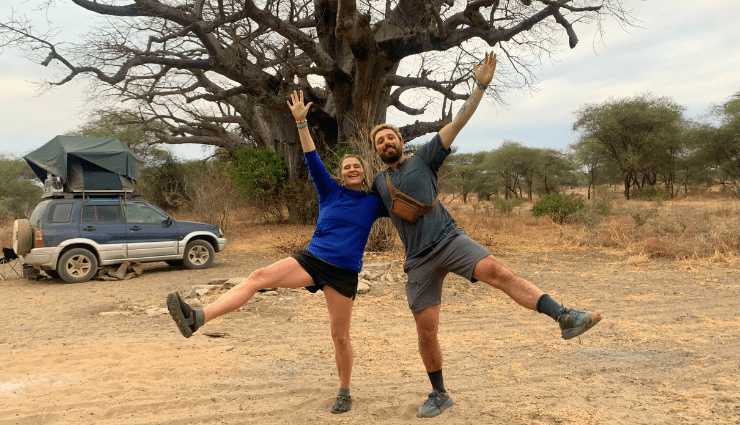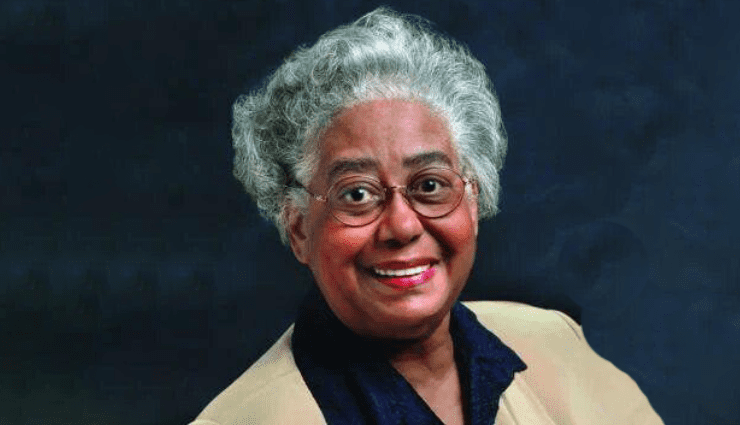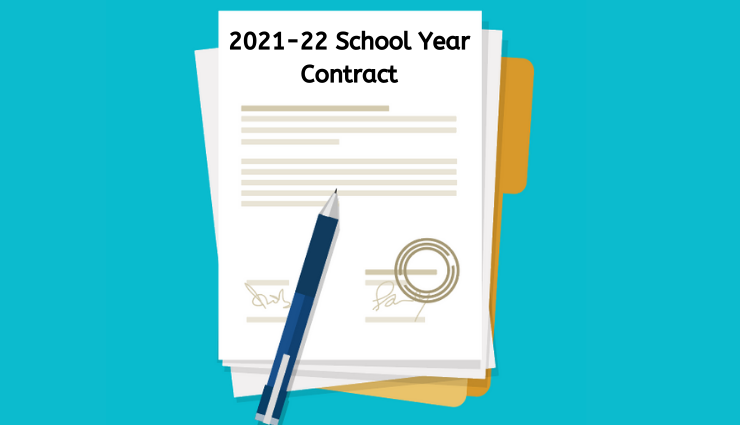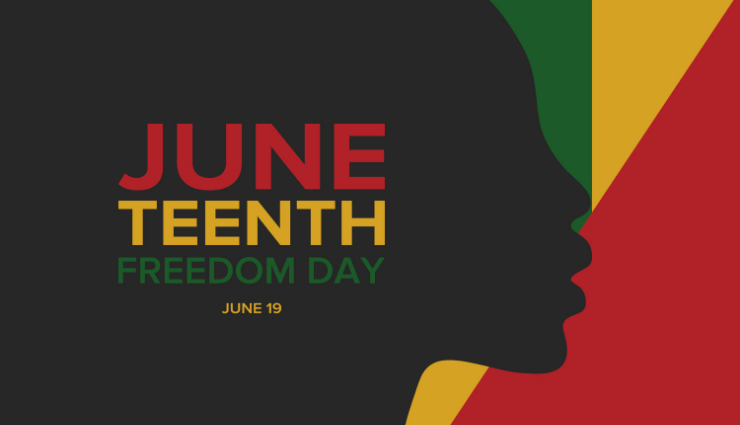The Great Education Mash-Up
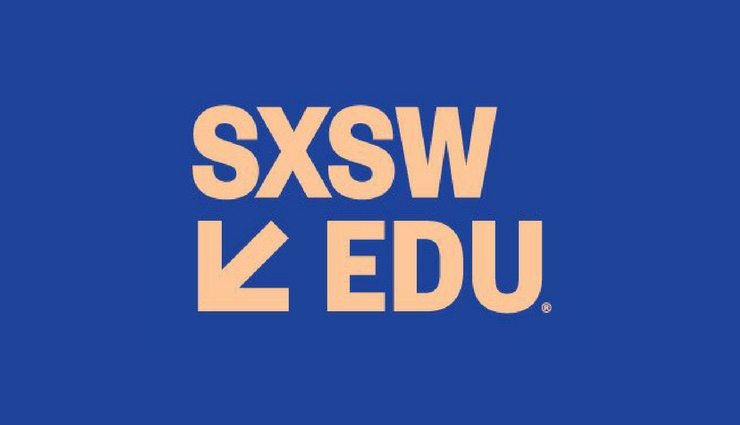
The beauty of the annual SXSW EDU Conference & Festival is that it brings together a broad range of speakers and attendees with a stake in education across the K-16 spectrum and beyond. Of course, this also makes it difficult to know where to turn. The speakers include public school teachers and principals, Fortune 500 representatives and edtech executives, start-up CEO’s and education publishers, university researchers and education consultants, nonprofit foundation executives and students themselves.
If there’s a bias here, it’s toward educational technology, STEM programs, and just about anything that “disrupts” “traditional” education. I put both of these words in separate sets of quotation marks because both have become fairly loaded terms these days. “Disruption” seems primarily about displacing one kind of education mindset with another. At the precollegiate level, it assumes that what we have — a public education system that tries hard to educate all children — is broken (whatever that means) and can only be fixed by handing the system over to the edtech industry or to entrepreneurs who would like nothing better than the chance to scale-up new education models. And “traditional” mostly means anything that happens in a public school building run by a school district — as opposed to just about anything that happens in a charter school or other forms of alternative schools. At the college level, “disruption” tends to focus on anything that shifts us away from the “tradition” of liberal arts toward workforce-related training and some kind of online learning.
There’s a lot of hyperbole being tossed about at this conference in an effort to gain some sort of advantage in the conversation about what matters in education today. I listened to one speaker, for instance, describe every college major that was not in the STEM fields as “useless.” In his accompanying, corporate-funded book, he also works overtime to convince young people that the dreams they have for their futures are not really their own dreams. “What I want you to understand,” he writes, “is how much your current dream or passion has been shaped by things really beyond your control.” If that feels like an odd statement, that’s because it makes large assumptions about young people and their abilities to think and decided for themselves. Why do this? I assume his goal is to get more young people to pursue STEM-related degrees to support his corporate sponsor.
For a disquieting number of speakers, their presentations felt like sales pitches. For a disquieting number of speakers, it’s seemed a given that education should be about job preparation, about employability, about sector skills — and that they hold the key to such an education. One session made it crystal clear: “With more than 500,000 open technology jobs throughout the U.S., today’s teachers face the challenge of preparing students for a dramatically shifting landscape.” Here, one might be the mistaken impression that education has nothing to be with being an informed citizen.
One of the workforce-focused speakers was U.S. Secretary of Education Betsy DeVos. You might think I’m burying the lede here, but the session was not all that interesting. Or maybe it’s best to say it was predictable. The panel included Anant Agarwal, CEO of edX, founded by MIT and Harvard to offer MOOCs and other online courses; David Clayton, senior vice president of consumer insights at Strada Education Network, formerly the student-loan company USA Funds that is now a nonprofit encouraging innovation; and Ben Wallerstein, founder and CEO of Whiteboard Advisers, a strategy and consulting firm that works with education companies. DeVos served mostly as the moderator. But a few audience questions — submitted electronically and anonymously — were directed her way. While she said little, she did briefly step out on the limb to say, “There is a fundamental disconnect between education and the economy….” Then added, “Every student deserves a customized, self-paced and challenging lifelong learning journey.” While the latter comment doesn’t necessarily lead to solutions to the former, the common denominator here is a call for more education technology and business-driven curricula.
One question directed at DeVos, asked her why in her list of education stakeholders she placed entrepreneurs and innovators ahead of teachers and students. Her response: Because this is a tech conference. Of course, it’s not a tech conference. It’s an education conference with a tech bent. If you dug around, you could find many sessions that were only tangentially concerned with technology or not at all. For instance, you could find yourself, as I did, crumbling to near tears when Scarlett Lewis, the mother of six-year-old Jesse Lewis who was murdered along with 25 others at the Sandy Hook Elementary School in Newtown, Connecticut, talked about the need for schools to address social-emotional learning across the curriculum. This wasn’t just an emotional plea. Lewis has done her research on the value of social-emotional learning for school and society and created a curriculum that is offered free to schools.
Lewis noted that an independent commission came to the conclusion that school shootings can be reduced through gun safety programs, better mental health services, and social-emotional learning in schools. I’m sure Lewis has opinions about mental health services and gun regulations, but since the death of her son, she has chosen to focus on social-emotional learning, given the potential it has to touch every child in every classroom — to shape a better society. In our current culture, she noted, too many young people feel disconnected, anxious, and depressed. When isolated for too long, many turn to apathy or violence or other forms of social dysfunction. What we need to do, Lewis argues, is “teach kids how to have healthy relationships, deep meaningful connections. We need to teach them how to manage emotions and be resilient.”
Lewis’s session, for me, followed one led by writer and journalist Mahoush Zomorodi and science educator J.P. Connolly on the need to help students (and adults) develop better relationships to technology. Zomorodi, author of “Bored and Brilliant: The Lost Art of Spacing Out,” has also done research that makes it clear that the so-called digital natives may be comfortable with computer technology, but they are also prone to its unintended consequences. They not only find it hard to concentrate on anything for long, but many are also dealing with anxiety, depression, and other health issues because of their close, personal relations with smartphones. They are also denying themselves the mental space to think, daydream, and be creative. While other sessions wanted to double down on technology in schools, Zomorodi and Connolly encouraged schools to help children reclaim their lives. Technology has its value. But any call for digital literacy or technology in the classroom, they argued, must also include conversations on technology’s shortcomings and effects on our physical and emotional health, and on our ability to think and interact with others.
Zomorodi said that more than 20,000 people have taken her tune-out challenge. Of that group, 90 percent report that they have cut down on phone time; 70 percent say that have more time to think. SnapChat, it turns out, is not the path to deep knowledge or happiness.
In her keynote address, danah boyd, a Microsoft researcher, visiting professor at New York University, and author of “It’s Complicated, The Social Lives of Networked Teens,” also addressed the question of digital literacy. But hers was a bit darker view — about the impact on both individuals and the collective culture. While we tend to think of media literacy and critical thinking as essential 21st-century skills, boyd pointed out that both of these terms are being “weaponized” to serve a variety of narrow purposes, including the destabilization of the American politics system. When most of us are convinced that the media is corrupt, that we are being lied to or manipulated, a result is cultural polarization in which we all see ourselves as resisters. As a result, we dismiss those who don’t agree with us. We find no common ground. We destabilize culture. This may be hyperbolic, too, but the truth about how we consume media and how it shapes our varied cultural views is clearly problematic. And where it’s taking us is anyone’s guess. Boyd admitted, “I’m nervous right now.” But she also offered advice, including encouraging us to avoid parasocial interactions (no more talk TV and streaming punditry) and engage in more face-to-face interactions. She encouraged schools, and the rest of us, to focus on developing our empathetic skills and to appreciate the epistemological differences among us — what it means to live in a pluralistic society. “The information landscape is only going to get more complex,” boyd said. We need to find a way to process and respond to it in a way that doesn’t tear us apart.
Among the edtech sessions that intrigued me were a few dedicated to the exploration of and use of artificial intelligence (AI) in education. Representatives from IBM treated us to an exchange between a student and a tutor version of Watson, IBM’s AI, which is being offered “100% free, always” to schools by the IBM Foundation. Knowing that this is still the early days of AI in education, Watson the Tutor was nevertheless impressive in its ability to adapt to student knowledge, needs, and commentary. But I was mostly struck by statistics the presenters highlighted: (1) that 250 million children around the world are unable to read, write or do basic math, and (2) that children from lower-income families hear 30 million fewer words than children from higher-income families by the time they are four years old. If we are to believe the speakers goals, Watson’s greatest value will be in offering a high quality, education for such children — assuming some sort of global technological infrastructure.
AI aside, what was perhaps most thrilling to me about this year’s SXSW EDU Conference were the number of sessions focused on equity and justice in education across the entire education spectrum. While it was frustrating to have eight equity sessions running simultaneously, the ones I attended were excellent. In particular, it was a joy to engage with a wide array of educators in a workshop on “Rethinking History (to Redesign Our Present)” — a session led by Antoinette Carroll, founder and CEO of Creative Reaction Lab, a nonprofit that works with schools, universities, and other organizations to design healthy and racially equitable cities. The workshop conversations ranged from how we can teach history more honestly, to how we can break up the tracking systems that marginalize low-income students, to how we can fund schools equitably. We didn’t just discussed questions about the ways in which discrimination in housing policies has led to race-based wealth inequities, which in turn still lead to inequity in education opportunities, we reflected on what we, in our various spheres of influence, can do in response. Carroll’s message boiled down to her belief that because we collectively designed our current inequitable social systems, we can redesign them into equitable ones.
Another session on equity explored the intersection of competency-based education (CBE) and culturally responsive education (CRE). Led by Jeremy Chan-Kraushar, the cofounder and codirector of the Mastery Collaborative, the session outlined efforts in 42 New York City public schools to shift assessment from traditional grades toward a focus on competency and mastery. This shift in mindset has also forced educators to think about linking outcomes with students’ needs — which includes affirming student culture and backgrounds and helping students build on the knowledge they possess. The goal is to make evaluation meaningful, authentic, and actionable, which in turn requires teachers to think carefully about the arc of learning for each student.
After being shut out of an over-packed session on the need to talk about race in elementary schools, I was heartened to enter a conversation next door on how the growth in open education resources (OER’s) is not only helping to address equity issues in educational access but is also enabling colleges and universities to customize resources and course materials to the culturally appropriate needs and interests of students. This intersection of OER’s and equity popped up in other sessions as well. The main point of using OER’s is about money. Too many students either don’t bother to attend college or drop out because of expenses. In many cases, it comes down to food or books. About 40 percent of students of color who are accepted to colleges and universities don’t ever enroll. Among those who do enroll, the completion rates are under 50 percent for black and Latino students and 60 percent for whites and Asian Americans. Using OER’s, Chan-Kraushar said, cuts down on textbook costs and, when done right, increases engagement.
Because the humanities didn’t get much space at the conference, I found myself hanging on to any humanities-related conversation I could find. One of my favorites was the opening keynote session about the power of storytelling. This session was led by Micaela Blie, a senior manager of education at The Moth, an organization whose mission is to promote the art and craft of storytelling and to honor and celebrate the diversity and commonality of human experience. Most of us know of The Moth through its Radio Hour, but the organization also has an education component. If nothing else, I was happy to listen to good stories. In this case, the stories were from young educators — including Crystal Duckert, an English teacher at Greenhill School, an independent school in Texas — talking about key moments in their lives that shaped them as teachers. The Moth followed up this keynote with a few breakout sessions on the art of storytelling as a means of engaging students on a personal and emotional level.
Independent schools had sparse representation at this year’s conference. But there was some representation in addition to Crystal Duckert. Among the folks I met up with was J.P. Connelly, a science teacher at St. Ann’s School in Brooklyn, New York, which happens to be one of my favorite schools for its dedication to creative energy. Connelly presented in the session noted above on helping students understand the impact of cellphone use, especially excessive cellphone use on the brain and, thus, on school and social life. He was well received and clearly had something valuable to add to the larger conversation on technology in education and life. Another session was led by Peter Nilsson, the assistant dean of faculty at Deerfield Academy, who is also deeply involved in broader conversations on education on a number of fronts. For one, Nilsson puts together The Educator’s Notebook, a weekly education e-newsletter that I encourage all educators to follow. Here, he led a session on recapping a new course at Deerfield in digital humanities — bringing the computational power of data analytics to the human world of history and literature. (See his related website: https://distantreading.org/.)
Other independent schools represented included the Nueva School and the Interlochen Arts Academy (on the value of creative arts); Agnes Irwin School (on human-centered design), Beaver Country Day School (access and inclusion in maker education), and Greenwich Academy (on the use of “empathy machines” for global understanding).
I’ve been to this conference three times, and in each year I’ve met up with presenters from independent schools. If this conference continues to be offered in the coming years, I encourage more independent school folks to consider presenting or sending a few teachers or administrators to attend. It’s a rare opportunity to talk across all sectors of education and to get a clearer sense of the larger landscape in which we all operate. Those interested in exploring the real cutting edge of technology, might also consider sticking around for the SxSW Interactive conference that follows on the heels of the education conference.
Hope to see more of you next year. Since it’s impossible to see it all, we can get together afterward and share notes.
Michael Brosnan is an independent writer and editor with a particular interest in education and social change. His latest book of poetry, “The Sovereignty of the Accidental,” was recently published by Harbor Mountain Press. He can be reached at michaelbrosnan54@gmail.com.

